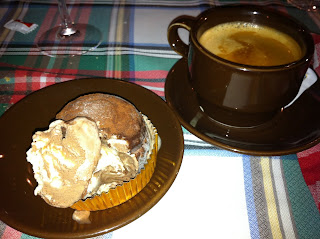Idiazabal is a pressed cheese made from unpasteurized sheep milk, usually from Latxa and Carranzana sheep in the Basque Countryand Navarre, Spain. It has a somewhat smokey flavor, but is usually un-smoked.
The cheese is handmade and covered in a hard, dark brown, inedible rind. It is aged for a few months and develops a nutty, buttery flavor, eaten fresh, often with quince jam. If aged longer, it becomes firm, dry and sharp and can be used for grating.
Etorki is the leading Basque cheese in America. It has a smooth, velvety texture and rich, hazelnut (almost burnt caramel-like) flavor.
The cheese is served with walnut pieces and quince jam or sometimes referred to as quince cheese.
The cheese is handmade and covered in a hard, dark brown, inedible rind. It is aged for a few months and develops a nutty, buttery flavor, eaten fresh, often with quince jam. If aged longer, it becomes firm, dry and sharp and can be used for grating.
Etorki is the leading Basque cheese in America. It has a smooth, velvety texture and rich, hazelnut (almost burnt caramel-like) flavor.
The cheese is served with walnut pieces and quince jam or sometimes referred to as quince cheese.
Quince jam or cheese is prepared with quince fruits. The fruit is cooked with sugar and turns red after a long cooking time and becomes a relatively firm quince tart, dense enough to hold its shape. The taste is sweet but slightly astringent.





























